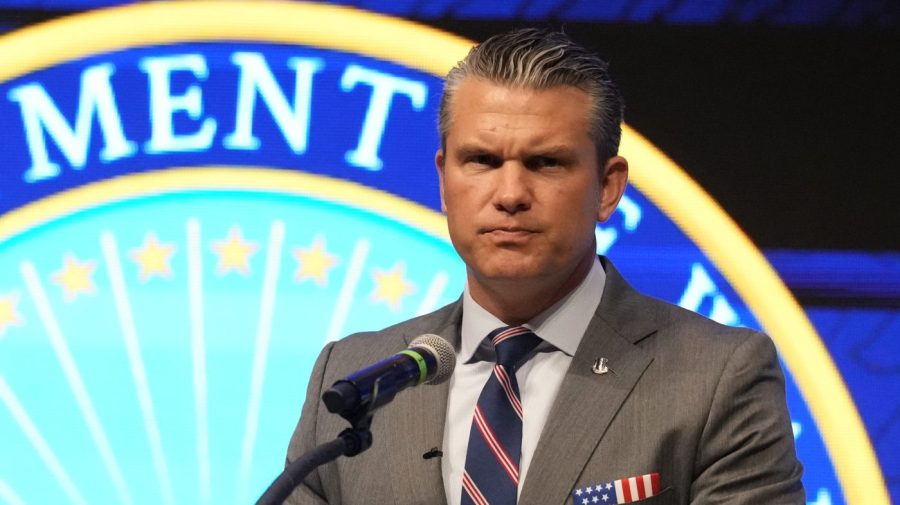The international community witnessed a historic breakthrough as India and Pakistan agreed to a full and immediate ceasefire, marking a new chapter in their complex relationship. Mediated by the United States, this agreement has the potential to reshape the geopolitical landscape of South Asia and bring long-awaited stability to the region.
Background of the India-Pakistan Conflict
For decades, India and Pakistan have been entangled in a bitter rivalry stemming from the partition of British India in 1947. This rivalry has resulted in multiple wars, skirmishes, and countless ceasefire violations, particularly along the Line of Control (LoC) in Jammu and Kashmir. Previous ceasefire agreements, including the 2003 pact, have repeatedly been tested, with frequent cross-border firing disrupting lives on both sides.
The recent diplomatic breakthrough, however, is being hailed as a turning point — one that could pave the way for more constructive dialogue and sustained peace.
Key Role of U.S. Mediation in the Ceasefire Agreement
The United States played a crucial role in facilitating the negotiations between India and Pakistan. After months of backchannel diplomacy, President Donald J. Trump announced the agreement, congratulating both nations for their common sense and intelligence in reaching this milestone.
American diplomats worked tirelessly to ensure both sides found common ground. By focusing on confidence-building measures, de-escalation strategies, and a mutual commitment to reduce tensions, the U.S. helped bridge critical gaps that had long prevented meaningful dialogue.
Main Terms of the India-Pakistan Ceasefire
The newly announced ceasefire agreement includes several key provisions:
Immediate halt to cross-border shelling and military activities along the Line of Control.
Reaffirmation of the 2003 ceasefire understanding and commitment to respect its terms fully.
Establishment of communication channels between military leadership to address violations quickly.
Joint monitoring mechanisms to ensure adherence and transparency.
This agreement is not just about military de-escalation — it lays the foundation for a broader diplomatic framework that could lead to future peace talks on longstanding issues such as Kashmir, trade, and regional security.
Reactions From India and Pakistan
Both nations have expressed cautious optimism.
The Indian government, under Prime Minister Narendra Modi, highlighted its commitment to peaceful coexistence, emphasizing that the ceasefire aligns with India’s broader strategic interests. The Ministry of External Affairs stated that while India remains firm on its security concerns, it recognizes the value of reducing tensions with its neighbor.
Pakistan’s leadership, led by Prime Minister Shehbaz Sharif, welcomed the agreement, describing it as a victory for diplomacy and regional stability. Pakistan’s military reaffirmed its readiness to uphold the ceasefire, provided that India reciprocates fully.
International Community Welcomes Peace Efforts
The international community has widely welcomed the ceasefire, with countries such as China, Russia, and members of the European Union praising the U.S. mediation efforts. The United Nations Secretary-General issued a statement expressing hope that this agreement would pave the way for broader peace and address the root causes of the conflict.
Regional experts believe that this agreement can boost economic cooperation, enhance counterterrorism efforts, and promote people-to-people ties, especially between divided communities in Jammu and Kashmir.
.
Challenges to Sustained Peace
While the ceasefire is a positive step, several challenges remain:
Deep-rooted mistrust between India and Pakistan.
Cross-border terrorism and insurgency concerns that have derailed past agreements.
Domestic political pressures on both sides that could jeopardize diplomatic progress.
Potential spoilers — including militant groups that may attempt to provoke new conflicts.
Both governments will need to demonstrate political will and strong leadership to overcome these obstacles and maintain momentum toward peace.
.
Potential Benefits of the Ceasefire Agreement
If successfully implemented, the ceasefire could unlock numerous strategic and economic benefits for both nations:
Reduced military expenditures, allowing funds to be redirected toward healthcare, education, and infrastructure.
Improved cross-border trade, benefiting businesses and consumers on both sides.
Enhanced tourism opportunities, especially in contested regions like Kashmir.
Greater regional stability, attracting foreign investment and boosting economic growth.
Stronger counterterrorism cooperation, addressing threats that destabilize the entire region.
The Road Ahead: Building a Lasting Peace Framework
To transform this ceasefire into a lasting peace framework, India and Pakistan will need to:
Establish regular diplomatic dialogues at various levels.
Strengthen military-to-military communication to prevent misunderstandings.
Engage in confidence-building measures such as easing visa restrictions and promoting cultural exchanges.
Address core political disputes through sustained negotiations, including Kashmir.
The international community, particularly the U.S., can continue to play a supportive role by offering mediation, technical assistance, and diplomatic backing.
Conclusion: A Defining Moment for South Asia
The India-Pakistan ceasefire agreement represents a defining moment in the history of South Asian diplomacy. By choosing dialogue over conflict, both nations have opened the door to transformative change — a path that could lead to enduring peace, prosperity, and stability for nearly two billion people.
As the world watches closely, the hope is that this ceasefire will not be a temporary pause, but the beginning of a new era of cooperation and trust. The United States’ pivotal role in this achievement underscores the enduring importance of strong international partnerships in resolving complex regional disputes.












F*ckin’ remarkable things here. I am very glad to look your post. Thanks a lot and i’m looking forward to touch you. Will you kindly drop me a mail?